Im actually trying to fix my memory problems within my python gtk app.
Ive read many articles about memory usage in python but I cant get it all, so I hope you can help me here.
So if I start my application and open the settings window, I have am mem usage of 32368 KB.
Now if i close the settings window, the mem usage is 32368 KB, too.
here is a code example how i open and close the settings window:
main.py
...
def show_settings(self):
self.settings = Settings()
self.settings.window.connect("destroy", self.clear_settings)
def clear_settings(self, widget, Data=None):
del self.settings
class Settings():
def __init__():
self.window = gtk.Window(gtk.WINDOW_TOPLEVEL)
...
Now ive tried to analyze alive references with objgraph. Thats the result:
Open Settings Window

After Closing Settings Window

Can someone help how to free the mem?